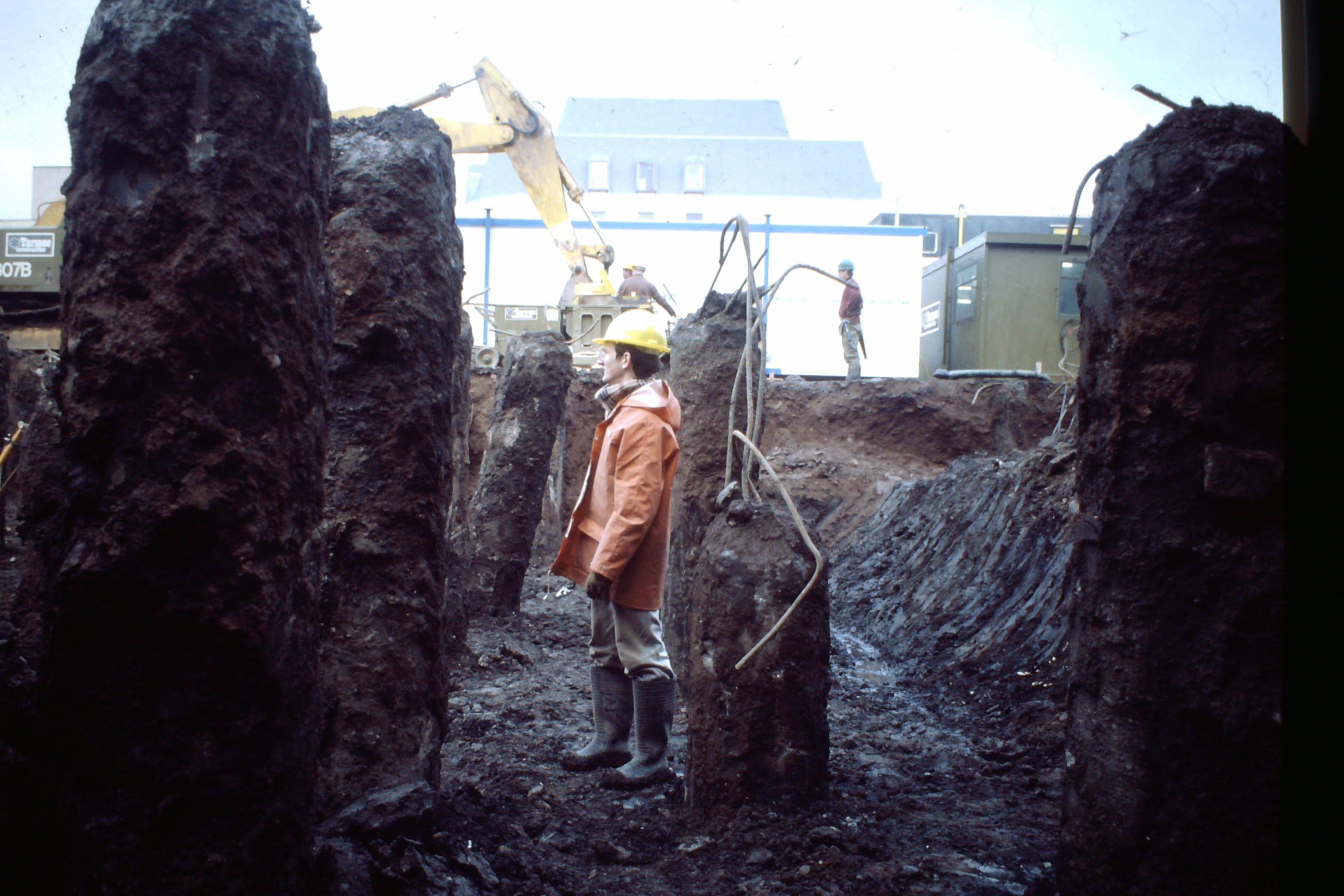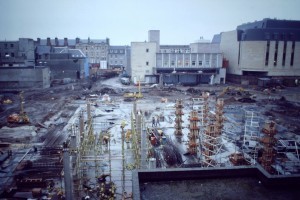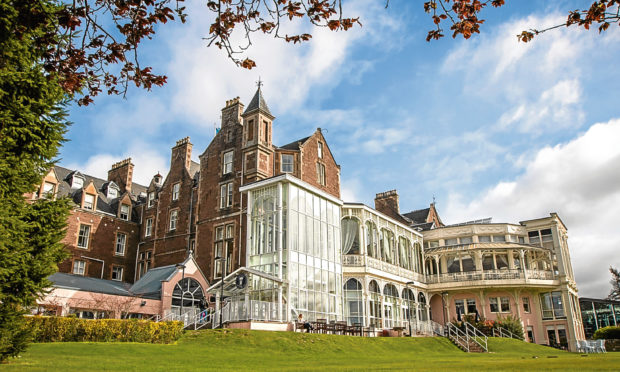The secrets of medieval Perth have been revealed by archaeologists.
A study of items found during the redevelopment of the St John’s shopping centre 30 years ago has been published by experts.
The papers, recently published online, reveal that people in Perth had important trading links with the European continent in the thirteenth century.
Experts examined almost 400 of nearly 2000 bore holes made while laying the foundations of the shopping centre. Despite being unable to dig on a larger scale, experts say they were able to uncover information which otherwise would have been “lost forever”.
Many of the holes yielded pottery made in northern England, Germany and The Low Countries, as well as locally.
Derek Hall, who analysed the pottery, said: “The imported Low Countries Redwares and the Rhenish Stoneware, as well as the Yorkshire Types wares, indicate the importance of sea-borne trade across the North Sea and up the east coast of the British Isles in the medieval period.
“These quality wares were imported into Perth and may well have influenced the development and production of the Redware industry in Scotland.”
The dig, which included trenches in the now-lost Meal Vennel, also uncovered a medieval knife and fork still with their wooden handles, wooden pegs and pins, moss rope, antler off cuts and 68 fragments of leather shoes.
“During the medieval period, forks were used to assist in carving meat and in eating small delicacies,” said Adrian Cox who led the analysis of artefacts.
“The use of forks as components of table cutlery did not begin until the second half of the seventeenth century. The overall form of the fork appears consistent with a use in picking up small food items, while the knife was also probably used at the table for the cutting and presentation of meat.”
Archaeologists studying the contents of a midden also found evidence of an antler workshop.
“Nowhere else in the burgh has such a concentration of antler off cuts been found,” said Catherine Smith, who examined the faunal remains. “It is apparent that a workshop, perhaps producing combs, must have been located there.
“The craft workshops were probably located close together in the backlands, with the raw materials of the various trades readily available.
“Traditionally, similar trades were clustered together in the medieval burghs, and it is notable that South Street continued to be home to many of Perth’s cobblers until the early modern period, the street being known variously as ‘Shoegate’ or ‘Shaegate’ up until the eighteenth century.”











